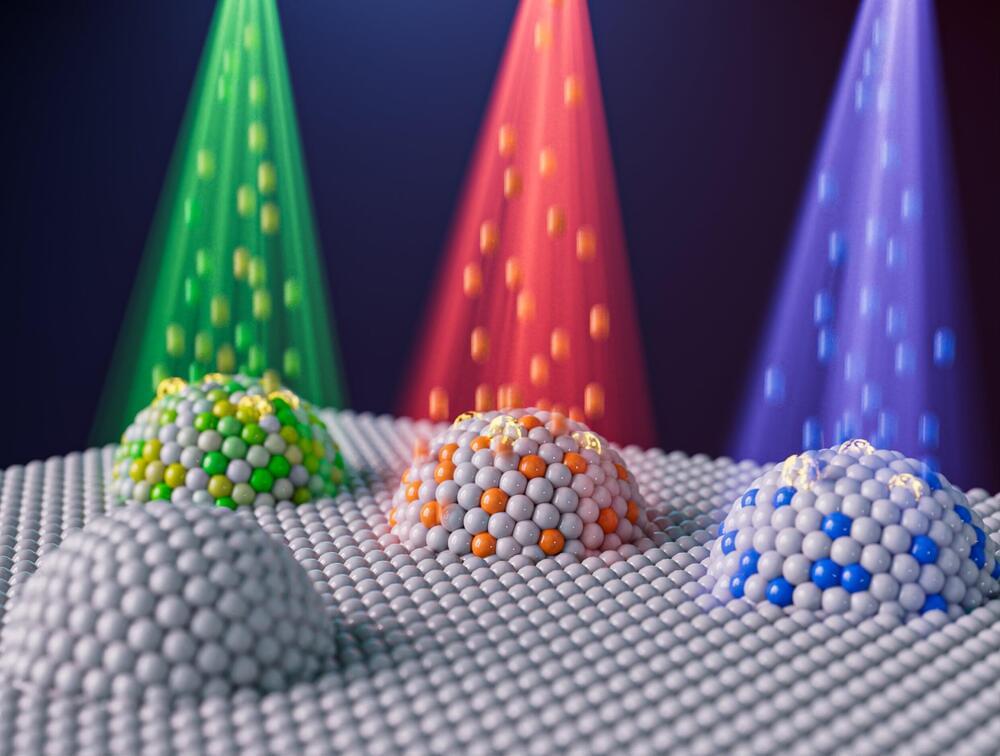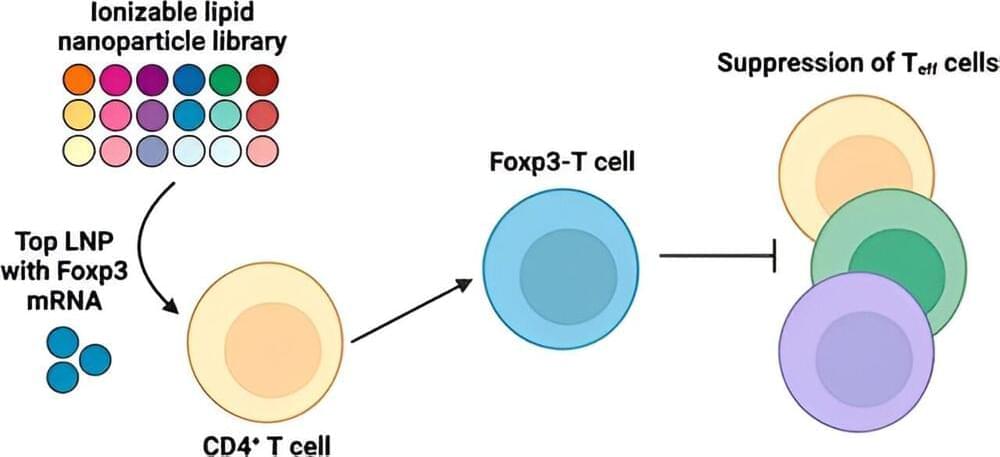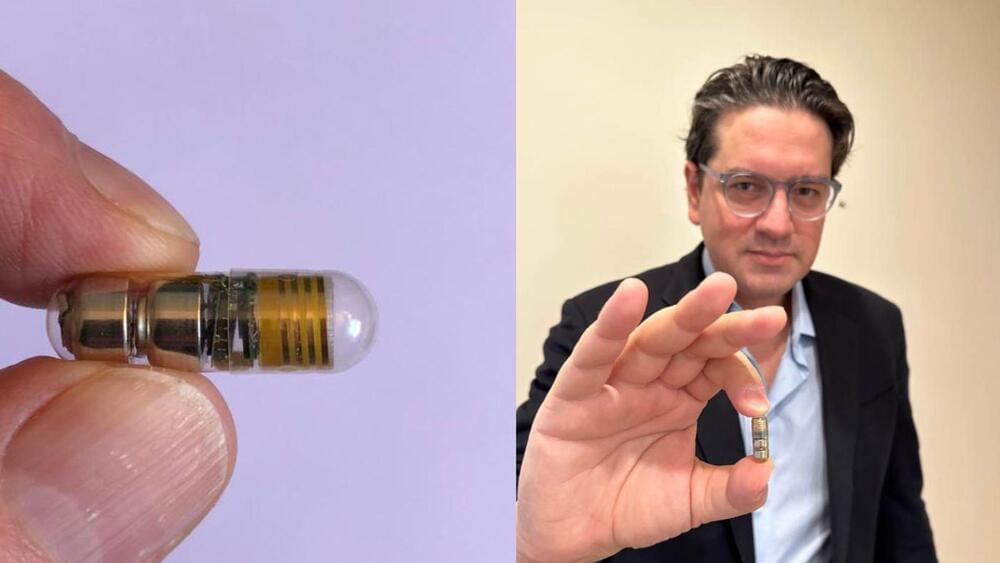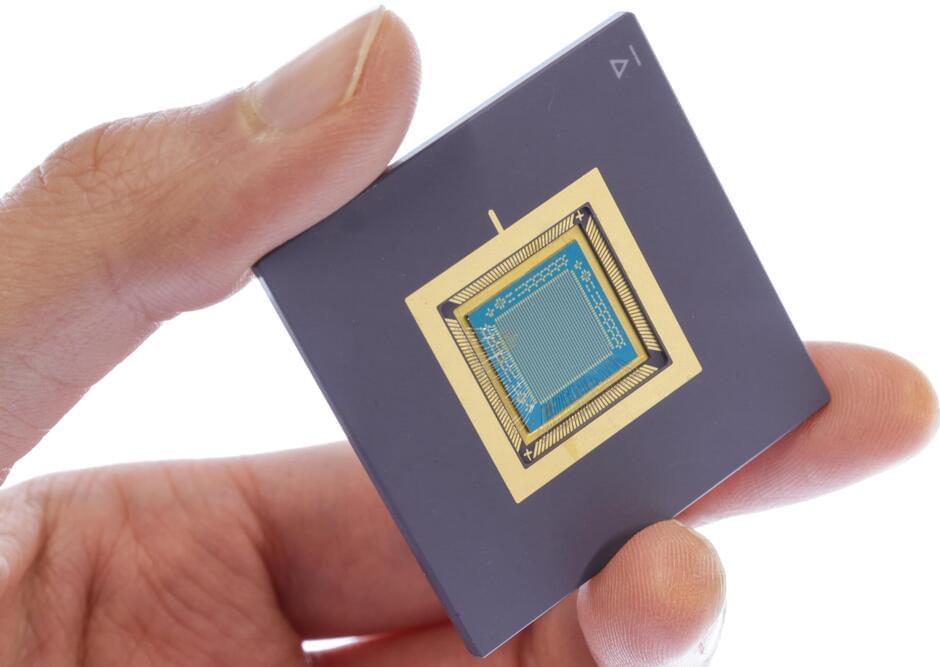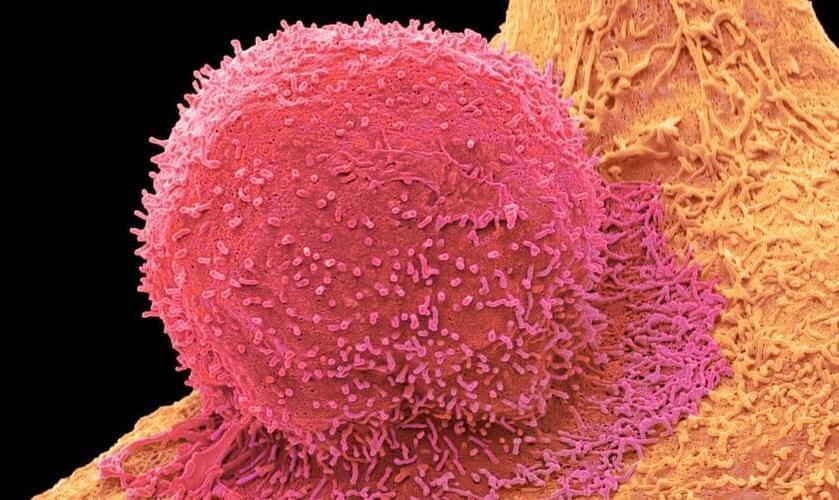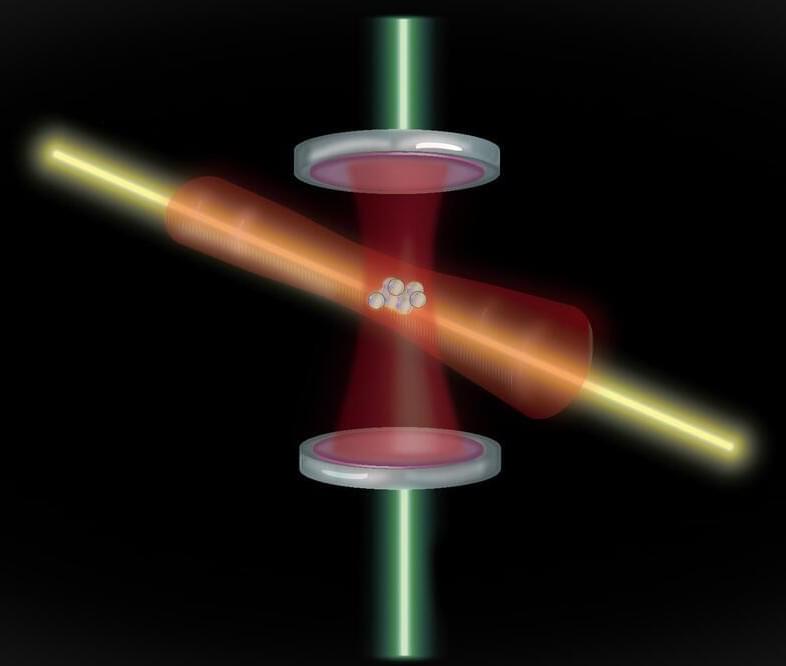An advancement in neutron shielding, a critical aspect of radiation protection, has been achieved. This breakthrough is poised to revolutionize the neutron shielding industry by offering a cost-effective solution applicable to a wide range of materials surfaces.
A research team, led by Professor Soon-Yong Kwon in the Graduate School of Semiconductors Materials and Devices Engineering and the Department of Materials Science and Engineering at UNIST has successfully developed a neutron shielding film capable of blocking neutrons present in radiation. This innovative shield is not only available in large areas but also lightweight and flexible.
The team’s paper is published in the journal Nature Communications.

